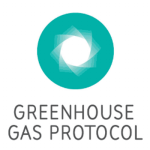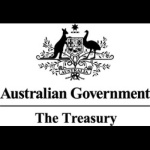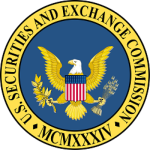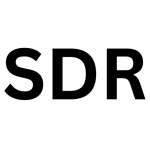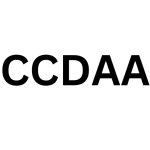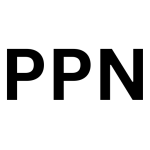Stay Ahead: Navigate Policies, Regulations & Standards with Confidence
Navigating the ever-changing landscape of policies, regulations, and standards can feel overwhelming. Yet, staying informed and compliant isn’t just about avoiding penalties—it’s about creating opportunities to innovate, reduce costs, and gain a competitive edge. Here’s what you need to know to make sense of it all.
Why Policies, Regulations, and Standards Matter
In today’s market, sustainability policies are no longer optional. Governments, industry groups, and global organizations are implementing rules to address environmental challenges, and businesses must adapt or risk falling behind. Regulations impact areas like:
Energy Usage: Mandates to reduce emissions and adopt renewable sources.
Reporting Requirements: Transparency in carbon accounting and environmental disclosures.
Product Standards: Ensuring sustainable materials and ethical sourcing.
By understanding and adhering to these frameworks, your business doesn’t just remain compliant—it positions itself as a leader in the green economy.
Key Categories of Policies and Standards
To navigate effectively, it’s helpful to categorize the rules you need to follow:
Global Initiatives: Agreements like the Paris Accord or ISO environmental standards provide overarching guidance.
Regional Regulations: Directives such as the EU’s Green Deal or US SEC climate risk disclosures impact localized markets.
Industry-Specific Rules: Sectoral requirements, like LEED certifications for construction or sustainable packaging mandates, can vary widely.
Understanding which rules apply to your business ensures your focus is strategic and impactful.
How to Stay Ahead
Invest in Tools and Expertise: Use software and consultants that specialize in compliance and carbon tracking.
Monitor Updates: Regulations evolve quickly. Stay connected with industry groups and government notifications.
Integrate Compliance into Strategy: Instead of treating compliance as a cost center, align it with broader goals like cost savings or market differentiation.
The Bottom Line
Engaging with policies, regulations, and standards doesn’t just help your business avoid fines or legal issues. It positions you to innovate, enhance your reputation, and capture the growing demand for sustainable goods and services.
Ready to dive deeper? Explore the specific frameworks that shape your industry on this page, and start building compliance into your competitive advantage.
